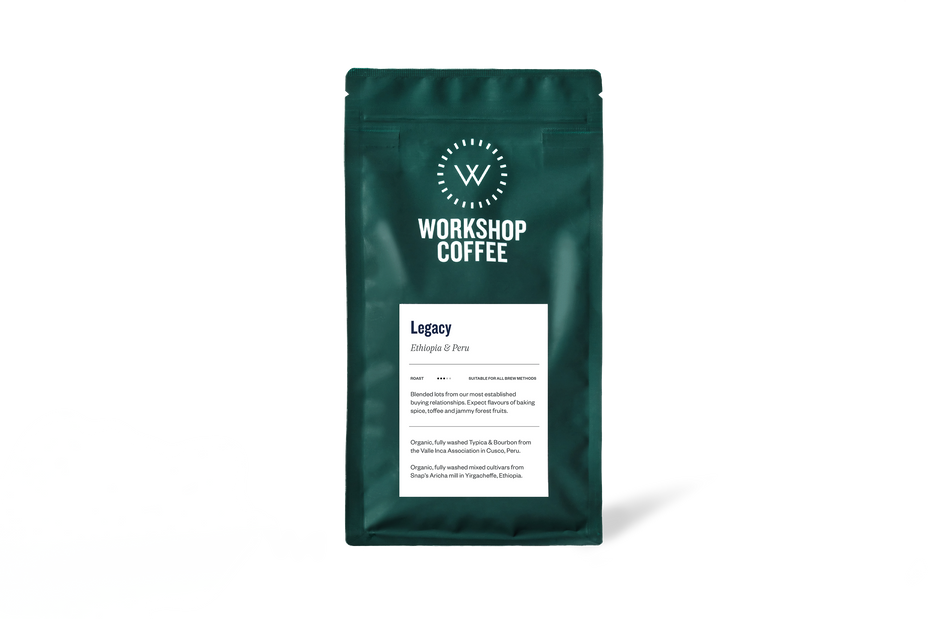Energising encounters
Stories that fuel our community.
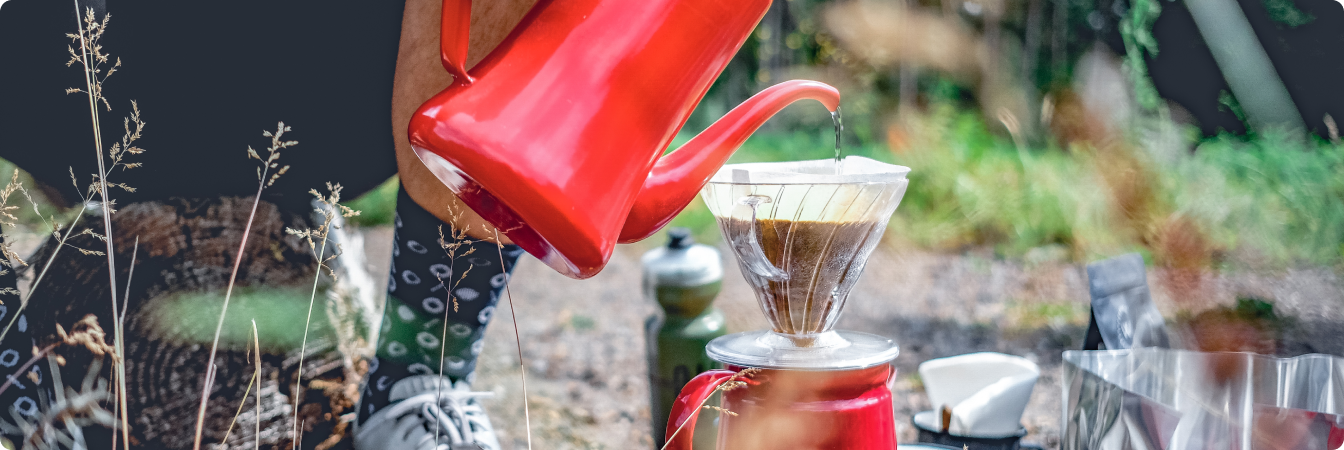
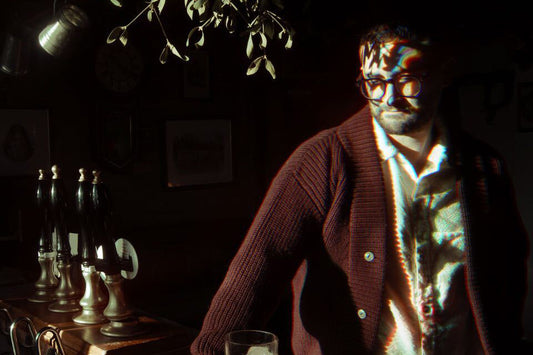
In Conversation with William Kroll, Tender
Photo credit: Rory Cole / Tender “This has become a project predominantly driven by a combination of curiosity and passion”, says Kroll during our latest catch-up over the phone. For...
In Conversation with William Kroll, Tender
Photo credit: Rory Cole / Tender “This has become a project predominantly driven by a combination of curiosity and passion”, says Kroll during our latest catch-up over the phone. For...
Read more
Read more
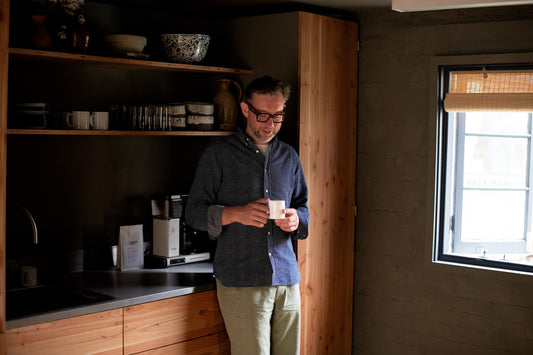
Created for Conversations: Fred Rigby's New Wor...
Fred Rigby's had a busy year. Since we last caught up, his studio has been packed up and transported from North London's Stoke Newington, where he'd been based since 2019, to a...
Created for Conversations: Fred Rigby's New Wor...
Fred Rigby's had a busy year. Since we last caught up, his studio has been packed up and transported from North London's Stoke Newington, where he'd been based since 2019, to a...
Read more
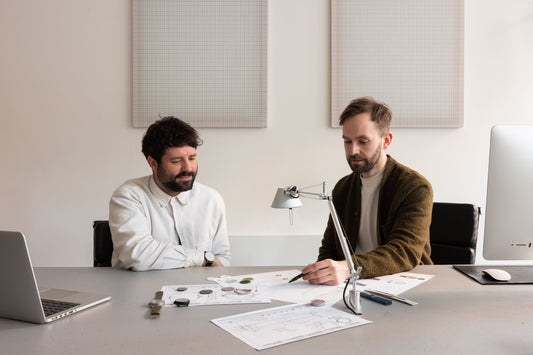
In Conversation with Instrmnt Applied Design (I...
“Please don’t worry about making us sound more eloquent – we don’t have a problem with being misquoted if we sound better on the page than we do in real...
In Conversation with Instrmnt Applied Design (I...
“Please don’t worry about making us sound more eloquent – we don’t have a problem with being misquoted if we sound better on the page than we do in real...
Read more
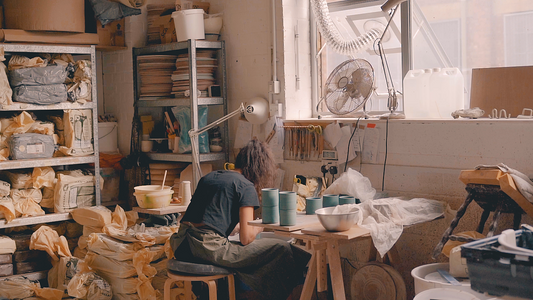
AR Ceramics x Workshop Coffee: Behind the Scenes
It’s been five years since our last ceramics release and what better reason to introduce our latest than in celebration of our 10th anniversary? Working closely with Andrea Roman of...
AR Ceramics x Workshop Coffee: Behind the Scenes
It’s been five years since our last ceramics release and what better reason to introduce our latest than in celebration of our 10th anniversary? Working closely with Andrea Roman of...
Read more
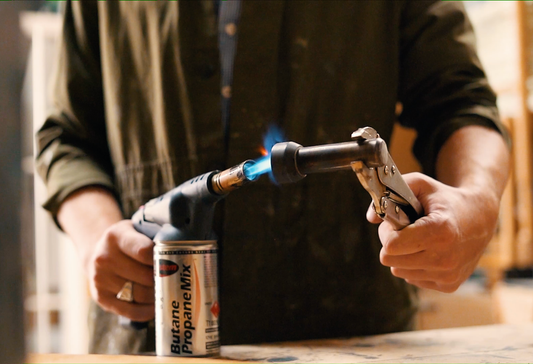
Creating a Thoughtful Studio – In Conversation ...
It’s quiet in the narrow lanes and on the leafy suburban streets of Hackney as we make our way to Fred Rigby Studio. That’s because it’s early. Fred likes to...
Creating a Thoughtful Studio – In Conversation ...
It’s quiet in the narrow lanes and on the leafy suburban streets of Hackney as we make our way to Fred Rigby Studio. That’s because it’s early. Fred likes to...
Read more
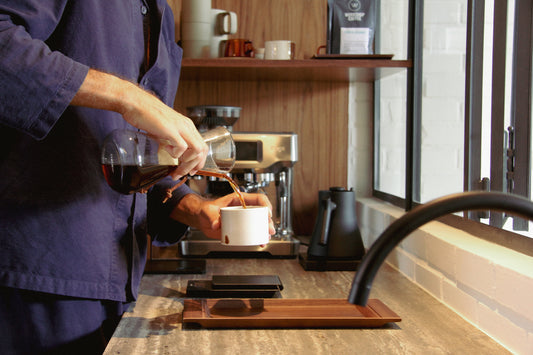
In Conversation with Rafael Oliveira – Creative...
Intermittently sipping his cappuccino from a cup made by Portuguese ceramic studio Studio Jav, Rafael Oliveira smiles warmly from behind the screen. The cup, combined with the pristine, white-washed brick...
In Conversation with Rafael Oliveira – Creative...
Intermittently sipping his cappuccino from a cup made by Portuguese ceramic studio Studio Jav, Rafael Oliveira smiles warmly from behind the screen. The cup, combined with the pristine, white-washed brick...
Read more
Untapped potential
Have you tried:
Untapped potential
Have you tried:

Subscribe to our newsletter
More energising updates
Join our collaborative coffee community and enjoy important news and exclusive offers.



